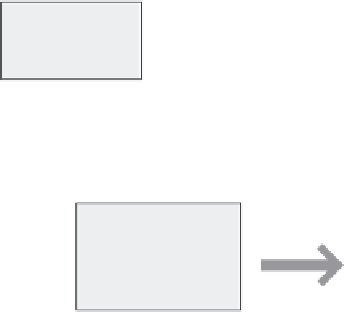Environmental Engineering Reference
In-Depth Information
agent-based model in which the decision of households to buy a new car is central
[234,235]. Furthermore, an agent-based market model has been developed to match
supply and demand of DER [236] and has been applied in a living lab enabling
optimisation of EV charging using actual hardware [237].
Agents have also been used for management of electricity storage as a way to
minimise peak loads [238]. Similarly, an ABM framework is used to connect various
models of the energy infrastructure including demand and supply models comple-
mented with traffic simulation which is then used to study the effects of vehicle-to-grid
(V2G) for balancing wind energy [239]. Likewise, Reference 240 applies a multi-
agent approach for charging PHEVs linked to imbalance reduction, with a model
in which vehicle agents, transformers and balancing responsible parties coordinate
their tasks for charging, operating the network and supplying electricity. The bottom-
up approach of ABM thus offers a new perspective on power system modelling in
which the activities of PHEVs can be modelled to gain new insights in the behaviour
and control of power systems.
7.2
Combining agent-based and load flow models
As the literature review suggests, in order to gain the most from PHEV deployment
it is imperative that power system engineers take on the challenges these vehicles
bring to utilities, with mobility as the most important one. This section continues
and expands the TCOPF modelling framework by incorporating a complimentary
agent-based model to determine movement of PHEVs in urban settings [227].
Figure 7.1 illustrates how two such models are connected and what type of
data inputs are required. Together, the two models can be used to merge transport
Driver profiles
Agent-based
model
(step 1)
PHEV characteristics
Urban area layout
Infrastructure layout
Forecast of spatial
and temporal PHEV
mobile loads
Spatial and temporal static loads
Time-coordinated
optimal power
flow model
(step 2)
Spot power and carbon markets
Optimal PHEV
charging profiles
Grid and network conditions
Objective function and constraints
Figure 7.1
Integration of agent-based and optimal power flow models can
effectively analyse the impacts of electric vehicles on electricity
networks















Search WWH ::

Custom Search